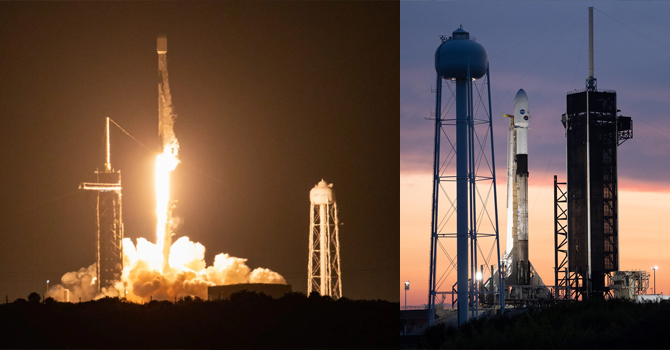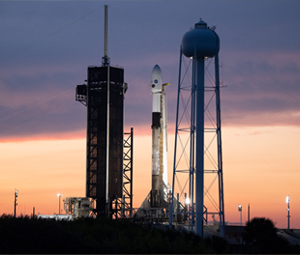
NASA’s Imaging X-ray Polarimetry Explorer (IXPE) satellite was launched on a SpaceX Falcon 9 rocket. The IXPE satellite, which was initially announced in 2017, is the first to be capable of monitoring the polarization of X-rays emitted by cosmic objects such as black holes and neutron stars.
The refrigerator-sized satellite is equipped with three telescopes that can track and measure light’s direction, arrival time, energy, and polarization. When the data from all of those telescopes are pooled, NASA can create pictures that might help us understand how strange celestial phenomena, such as those that generate X-rays, function. They’re expecting, for example, that it will provide a more detailed look at the structure of the Crab Nebula, a supernova remnant with a neutron star rapidly spinning at its center.
The IXPE will assist scientists to acquire greater insight and improve humanity’s knowledge of the parts of space we still know very little about by viewing black holes. It may reveal why they spin and how they consume cosmic stuff, but it may also lead to new discoveries. During a press conference, the mission’s lead investigator, Martin Weisskopf, stated: “IXPE will help us test and refine our current theories of how the universe works. We may even discover more exciting theories about these exotic objects than what we’ve hypothesized.”
For this mission, SpaceX reused a Falcon 9 rocket from a previous mission. If all goes as planned, the rocket’s first stage will land on the company’s drone ship “Just Read the Instructions” after delivering IXPE to orbit.
- Google Introduces AI Mode: A Game-Changer for Search - March 12, 2025
- Security Researchers Find DeepSeek Security Vulnerabilities - February 6, 2025
- Tech Giants Unite to Tackle Child Safety Online with ROOST - January 11, 2025




